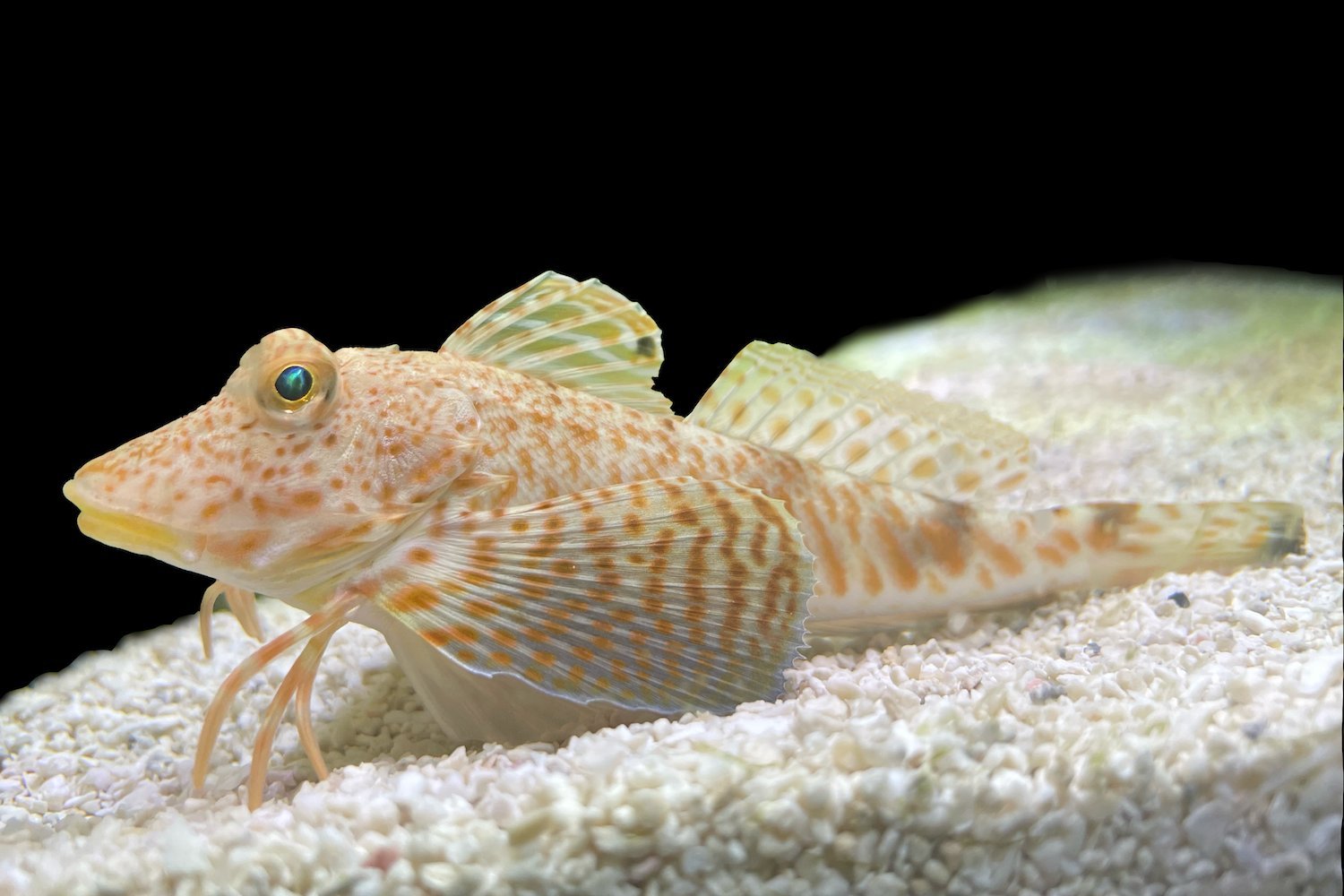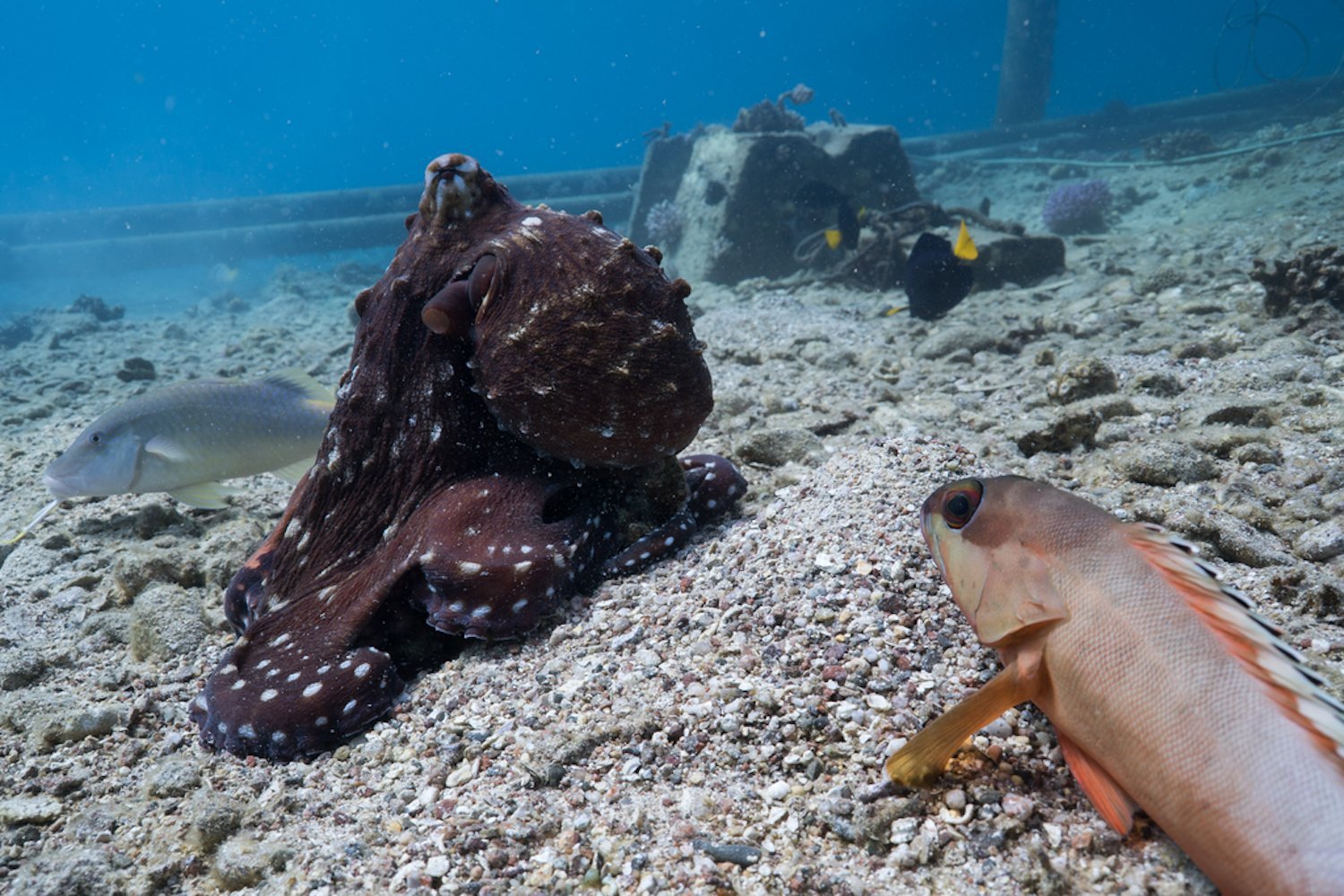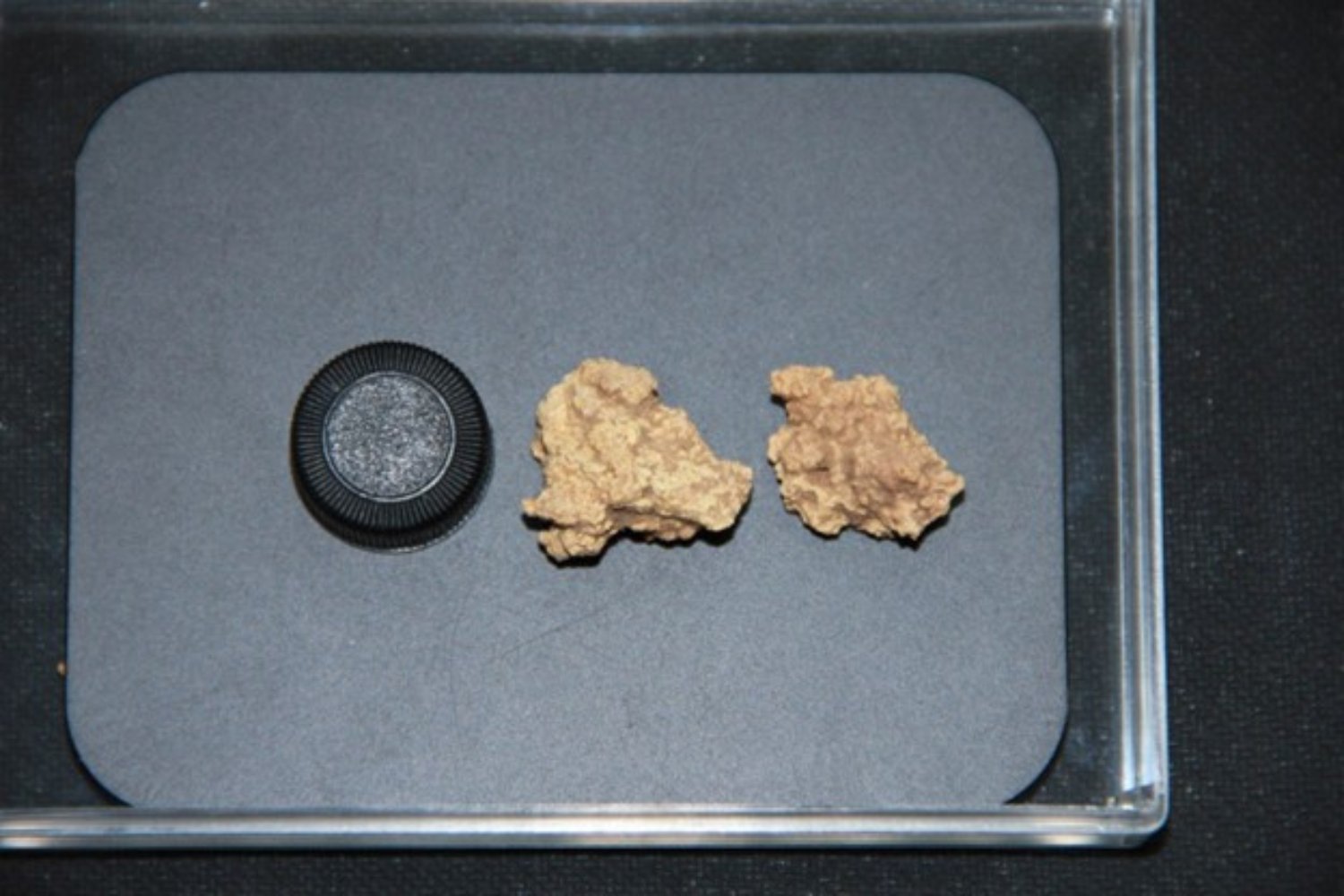Sea robins, peculiar fish inhabiting the western Atlantic Ocean, are known for their unique ability to “walk” on the seafloor using six leg-like appendages. These appendages are actually modified pectoral fins, and while fishermen have long observed sea robins using them to unearth buried prey, the biological mechanisms behind this behavior remained a mystery until recently. Groundbreaking research has now revealed that these fish have evolved the remarkable ability to taste with their legs.
This discovery highlights a fascinating example of evolutionary adaptation. This is a fish that grew legs using the same genes that contribute to the development of our limbs and then repurposed these legs to find prey using the same genes our tongues use to taste food—pretty wild,” explained Nicholas Bellono, a professor of molecular biology at Harvard University.
Researchers conducted a series of experiments to unravel this unique sensory adaptation. Sea robins were placed in tanks with buried mussels and, as a control, capsules containing only seawater. The fish readily dug up the mussels but ignored the seawater capsules. To confirm that this behavior was driven by taste rather than touch, the experiment was repeated with capsules containing mussel extract rich in chemicals known to stimulate fish taste buds. Again, the sea robins actively excavated the capsules, demonstrating their ability to taste with their legs.
Astonishingly, the sea robins didn’t require direct contact to detect their potential meal. Their leg-based taste receptors proved remarkably sensitive, capable of detecting chemicals diffusing through the sand from up to four inches (100 millimeters) away.
The findings, published in two separate papers in Current Biology, detail the intricate sensory system in the sea robins’ legs. The first paper describes the experiments and the complex sensory structures. These modified fins are covered in small bumps called papillae, which contain cells sensitive to both taste and touch, similar to the papillae on our tongues. “We were originally struck by the legs that are shared by all sea robins and make them different from most other fish,” noted David Kingsley, a professor at Stanford University involved in the studies. “We were surprised to see how much sea robins differ from each other in sensory structures found on the legs. The system thus displays multiple levels of evolutionary innovation from differences between sea robins and most other fish, differences between sea robin species, and differences in everything from structure and sensory organs to behavior.”
While tasting with legs might seem unusual to humans, similar adaptations exist in other species. Flies, for example, taste with their feet, and some insects have taste receptors on their antennae or even wings. The second paper delves into the genetic basis of this unusual sensory adaptation in sea robins. Researchers identified a protein called tbx3a, known to play a crucial role in hind leg development in vertebrates, including humans. In sea robins, however, tbx3a also contributes to the development of the taste-sensitive papillae on their legs and their digging behavior. “Although many traits look new, they are usually built from genes and modules that have existed for a long time,” Kingsley explained. “That’s how evolution works: by tinkering with old pieces to build new things.”
The researchers plan further studies to explore the evolutionary pathway that led to this unique adaptation. Interestingly, despite their unusual sensory system, sea robins are reportedly quite palatable, especially when prepared with parmesan.











